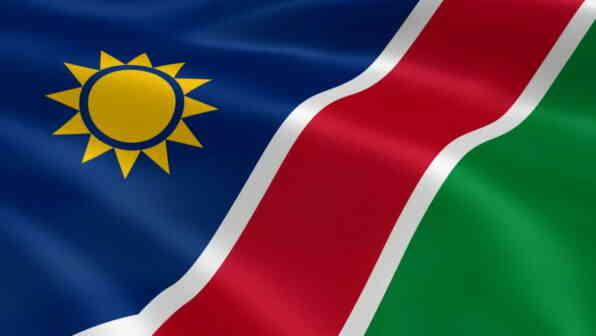The desert African country of Namibia cannot boast of either a riot of greenery, or a wealth of natural resources, or exciting safari tours across the savannah. But there is an amazing desert, harsh and beautiful. It occupies a fair part of the territory of the state, and people have long learned to coexist with it.
Interesting facts about Namibia
- The motto of the state is “Unity, freedom, justice.”
- The Namibian Fish River Canyon is the second largest on the planet, second in length and width only to the American Grand Canyon (interesting facts about rivers).
- Namibia ranks fifth in the world by the number of people infected with the immunodeficiency virus — over 15% of the adult population).
- Namibia has one of the largest uranium mines in the world.
- Namibia is one of the richest African countries, but the state is the worst in the world in terms of income equality. According to UN statistics, almost 35% of Namibians have less than a dollar a day to survive, and almost 56% — less than two dollars.
- Namibia has a road network of almost 65,000 kilometers, although only 5,000 kilometers are paved. Driving in this country is on the left.
- One of the main attractions of Namibia is the Skeleton Coast National Park. In addition to many animals and birds, it has an abandoned oil rig where cormorants nest, the hull of a crashed ship, a unique waterfall in the desert and dunes that rumble like an aircraft engine in a certain wind direction – the noise can be heard for several kilometers.
- Another national park, Sossusvlei, attracts tourists with the famous Dead Valley, where the skeletons of dead trees, petrified 250-300 million years ago, rise (interesting facts about trees).
- The name of the Namibian capital, Windhoek, is translated from Afrikaans means windy corner.
- Windhoek is one of the world’s largest trade centers for astrakhan skins.
- On the territory of the state is located the oldest desert on the planet – the Namib, which existed in the era of dinosaurs. Over the past 80 million years, several unique species of animals and plants have arisen in the desert that have managed to adapt to the local climate and are not found anywhere else on Earth (interesting facts about deserts).
- In Namibia, the sun shines for almost 365 days a year.
- Not far from the Namibian town of Grootfontein is the site of the impact of Hob, the largest of the meteorites that have flown to the surface of the Earth. The space guest, who fell in these parts about 80 thousand years ago, is perfectly preserved and attracts thousands of tourists from all over the world (interesting facts about meteorites).
- In ancient times, the inhabitants of Namibia built sanctuaries dedicated to the buttocks. Inside these sacred places there were statues of the specified part of the body, which made the archaeologists who discovered them puzzle over what kind of strange deities these were.
- In Namibia, scientists have found the world’s largest underground lake – its area is approximately 2 hectares. The karst crevasse above it is called by the Namibians “dragon’s nostrils” (interesting facts about lakes).
- The inhabitants of Namibia eat the eggs of almost any bird, as well as ants, termites, ostrich steaks, lion tenderloin and crocodile tails.
- Connoisseurs consider Namibian oysters to be among the best in the world due to their size and taste.
- Namibia is the only country on the planet where the number of rhinos continues to increase.
- A bacterium discovered in the late 1990s has been dubbed the “Namibian Gray Pearl”.
